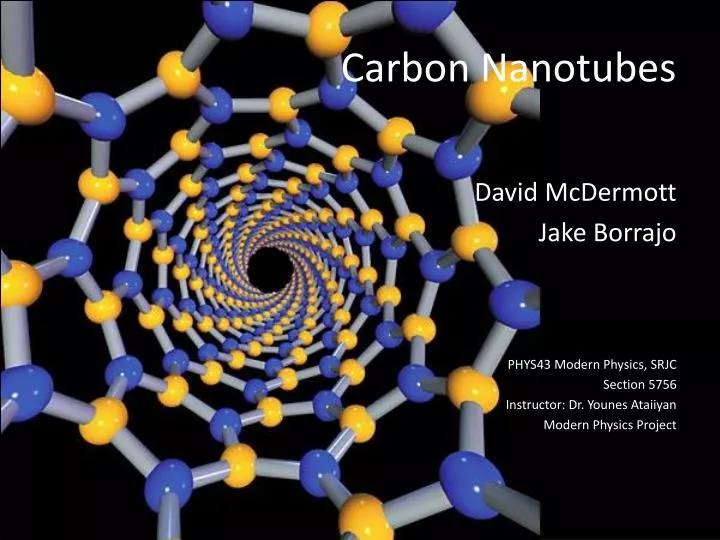

Moreover, the property of carbon nanotube being insulator, semiconductor, or conductor depends on the chirality, the way in which carbon atoms are arranged. They are highly flexible and attain their original shape after buckling and bending and have low density of about one sixth of the density of steel. They have Young’s modulus of 1 TPa which is five times stiffness than steel. SWNTs are believed to possess strong mechanical properties due to strong covalent bond among the carbon atoms (Tables 1 and 2). Recently, we have shown different applications concerning CNTs as we will see later. This is the axis that the computing manufacturing is transferring towards. This may lead to production of wearable, flexible computers. Also, some future applications include nanoelectronic circuits, memory chips, organic light-emitting diodes, and different sensors. Moreover, CNTs have been combined with indium–gallium zinc oxide (In-Ga-ZnO (IGZO)) to build a more efficient hybrid computer chip which is more transparent, flexible, and more energy saving (efficient) than the typical silicon chips. Several recent researches are now being developed using carbon nanotubes (CNTs), for example, using CNTs as electrical electrodes for the brain researches where the scientists have bundle millions of CNTs into micron-sized threads. This paper gives an overview of the composite carbon nanotube application and their future challenges which provides the information for further research.Ĭarbon nanotubes have unique properties because of their structure and size which will be discussed in this section.

1a is a single-rolled graphene and MWNT in Fig. Carbon nanotubes are categorized as multi-walled nanotubes (MWNTs) or single-walled nanotubes (SWNTs). It has been proved that instead of using the as-synthesized CNTs, if their surfaces are modified or functionalized with chemical compounds, it increases their properties in the usage of electrolytes, biology, and energy storage. Due to their unique properties, their synthesis, purification, and applications, CNTs have become an attractive and interesting research area in the field of nanotechnology. CNTs show high values of thermal conductivity, Young’s modulus, large surface area, high current density, ballistic transport on submicron scales, and massless Dirac fermion charge carrier abilities which make their ability in the wide applications such as photovoltaic devices, sensors, transparent electrodes, supercapacitors, and conducting composites. CNTs have a broad range of electronic, thermal, and structural properties because of their nanosize which may vary with their length, diameter, and chirality. These CNTs are the members of fullerene structural family with their ends capped with a hemisphere of bucky ball structure. Carbon nanotubes are hollow cylinders made of graphite carbon atoms with nanoscale (10 −9 m) which is much smaller than the human hair width.

This paper addresses the current research on the challenges that are associated with synthesis methods, purification methods, and dispersion and toxicity of CNTs within the scope of different engineering applications, energy, and environmental impact.Ĭarbon nanotubes (CNTs) emerged in the field of nanotechnology because of their nanosize and unique properties. Real applications are still under development. However, high-purity purification techniques still have to be developed. The purification of CNTs is carried out using various techniques mainly oxidation, acid treatment, annealing, sonication, filtering chemical functionalization, etc. The most common techniques currently practiced are arc discharge, laser ablation, and chemical vapor deposition and flame synthesis. Different types of carbon nanotubes can be synthesized in various ways. For commercial applications, large quantities and high purity of carbon nanotubes are needed. Research on carbon nanotubes have shown the application in the field of energy storage, hydrogen storage, electrochemical supercapacitor, field-emitting devices, transistors, nanoprobes and sensors, composite material, templates, etc. The novel properties of nanostructured carbon nanotubes such as high surface area, good stiffness, and resilience have been explored in many engineering applications. Carbon nanotubes have been of great interest because of their simplicity and ease of synthesis.


 0 kommentar(er)
0 kommentar(er)
